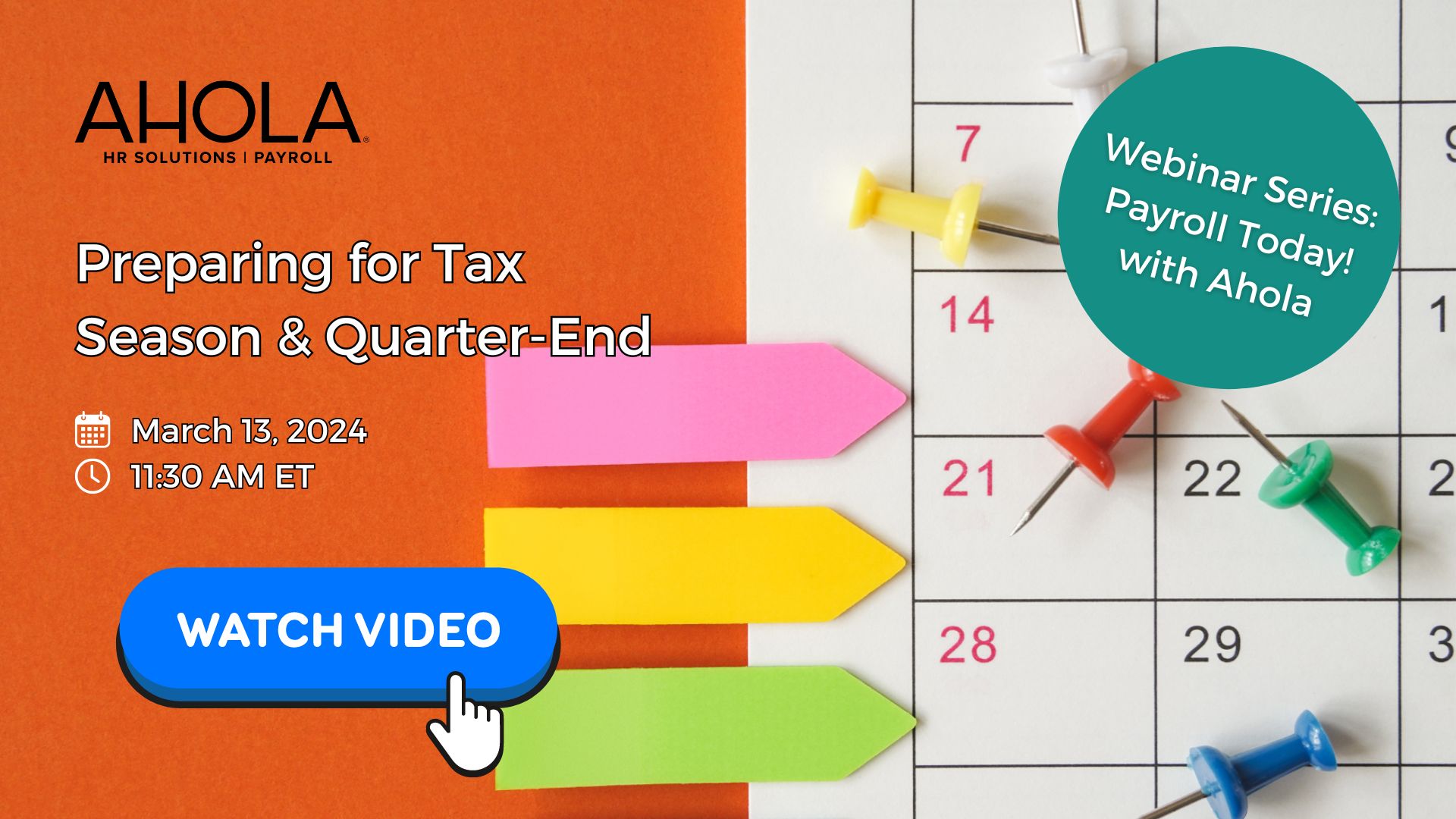Checklist: Switching Payroll Providers
It’s best to switch at the start of the quarter or at the end of the year, when you’ve already closed out your last payroll for the quarter or year …
Before considering switching payroll providers, determine what’s missing in your current provider.
Often, employers switch because of the following:
- Too many payroll mistakes.
- Inadequate technology.
- Limited service options.
- Lack of attention.
- Difficulty in making contact.
- Cost not equaling value.
Do your research and due diligence
You don’t want a provider that’s going to replicate the problems you’re having with your current provider. So, make sure you do a thorough investigation. Don’t be afraid to ask detailed questions, such as:
- What exactly is included in your base pricing? Which services cost extra?
- When it’s time to renew my contract, will there be a price increase?
- Will adding new employees change my pricing?
- What are your quality control measures?
- How long have you been in business?
- What other companies do you work with? Can I have a reference?
- How will you protect my payroll data?
- Is your company licensed, bonded and insured?
- How quickly do you respond to client requests?
- Can you grow with my company?
- What’s involved in your migration process?
- How much assistance will you provide during the switch?
Notify your current payroll provider
Once you’ve settled on a new provider, tell your current provider right away. Most contracts require a 30-day notice, but be sure to review your agreement for specifics. Even if you’re allowed to cancel immediately, you should give some notice if possible.
Decide when to switch
It’s best to switch at the start of the quarter or at the end of the year, when you’ve already closed out your last payroll for the quarter or year. But circumstances could require a midquarter or midyear conversion. For example, if your current provider is causing you unbearable stress, you may need to sever the relationship right away — in which case, a midquarter or midyear switch may be necessary.
Gather the relevant information
Your new payroll provider should tell you what information it needs for the migration. Typically, this includes:
- Federal and state payroll tax IDs.
- Voided check that shows your payroll bank account and routing numbers.
- Your employees’ records, including W-4s, Social Security numbers and direct deposit information.
- Quarter-to-date and year-to-date payroll summaries.
- Paid time off and garnishment information, if applicable.
Learn and test the new system
The new provider should provide you with in-depth training on how to utilize its system. Make sure you understand how the different aspects of the system work, including those relating to timekeeping, wages, deductions, benefits, employee self-service and reporting.
Check the migrated information against your own records for accuracy. Also, to avoid paycheck errors and disgruntled employees, be sure to run test payrolls before going live.
Interested in switching payroll providers? Contact us for more information.
Copyright © 2019







Reply a Comment